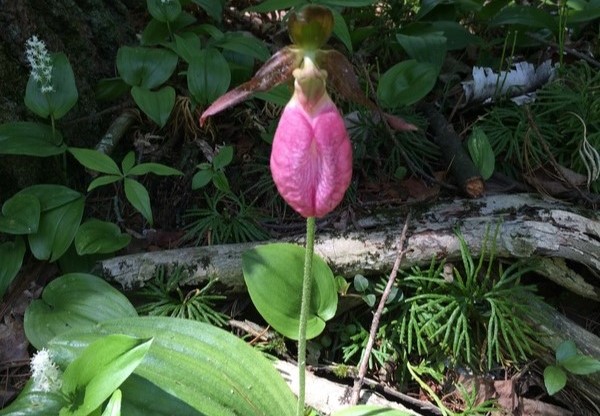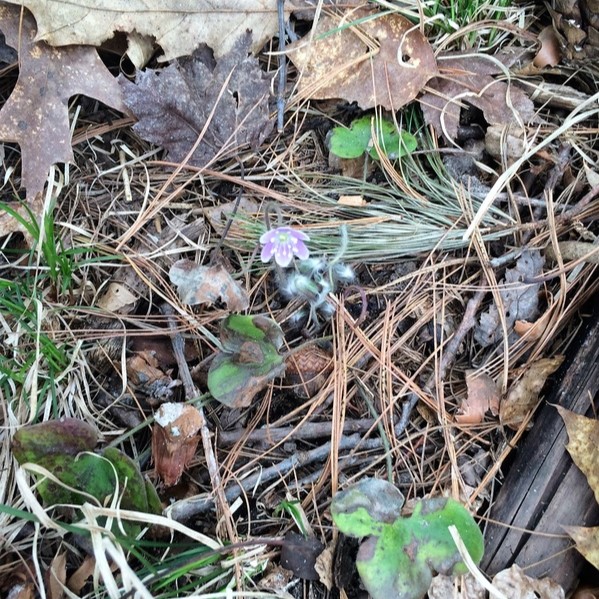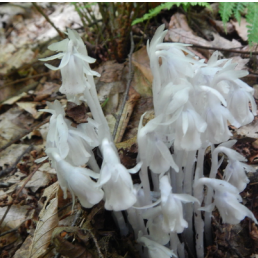Why is phenology important?

Humans, plants and animals have been guided by phenological events for centuries. Farmers and gardeners use it for planting crops (especially in our area due to frost), planning crop rotations, spraying insecticides, and for harvesting. Health professionals use it for predicting how many people are affected by plant allergens. Hunters and wild plant harvesters use it while they are in the woods. Fisherman use the phenological migration data to find desired fish. Also, with sea levels rising along the coasts due to global warming, land managers use if for planning and relocating entire communities.
Pink Lady Slipper aka Moccasin Flower aka Cypripedium acaule in full beautiful bloom located in the Wood Henge plant community also with ground cedar and blooming Canada Mayflower (small white flowers) aka Wild Lily-of-the-Valley aka Maianthemum canadense.



full leaf out phenophase of hepatica nobilis
This picture of Hepatica had been taken on April 1, 2016.
fresh and fuzzy flowering phenophase
Round lobed Hepatica was one of the first to flower on the future Phenology Learning Path on April 19, 2016. It had flowered just in time for the campus Earth Day Mini-Bioblitz!
no chlorophyll for photosynthesis?
How does the Indian Pipe cluster above receive nutrients since it has no chlorophyll? The Indian Pipe or Corpse Plant gets nutrients from tree roots via a mychorrizal relationship. Click on the link below to learn more!